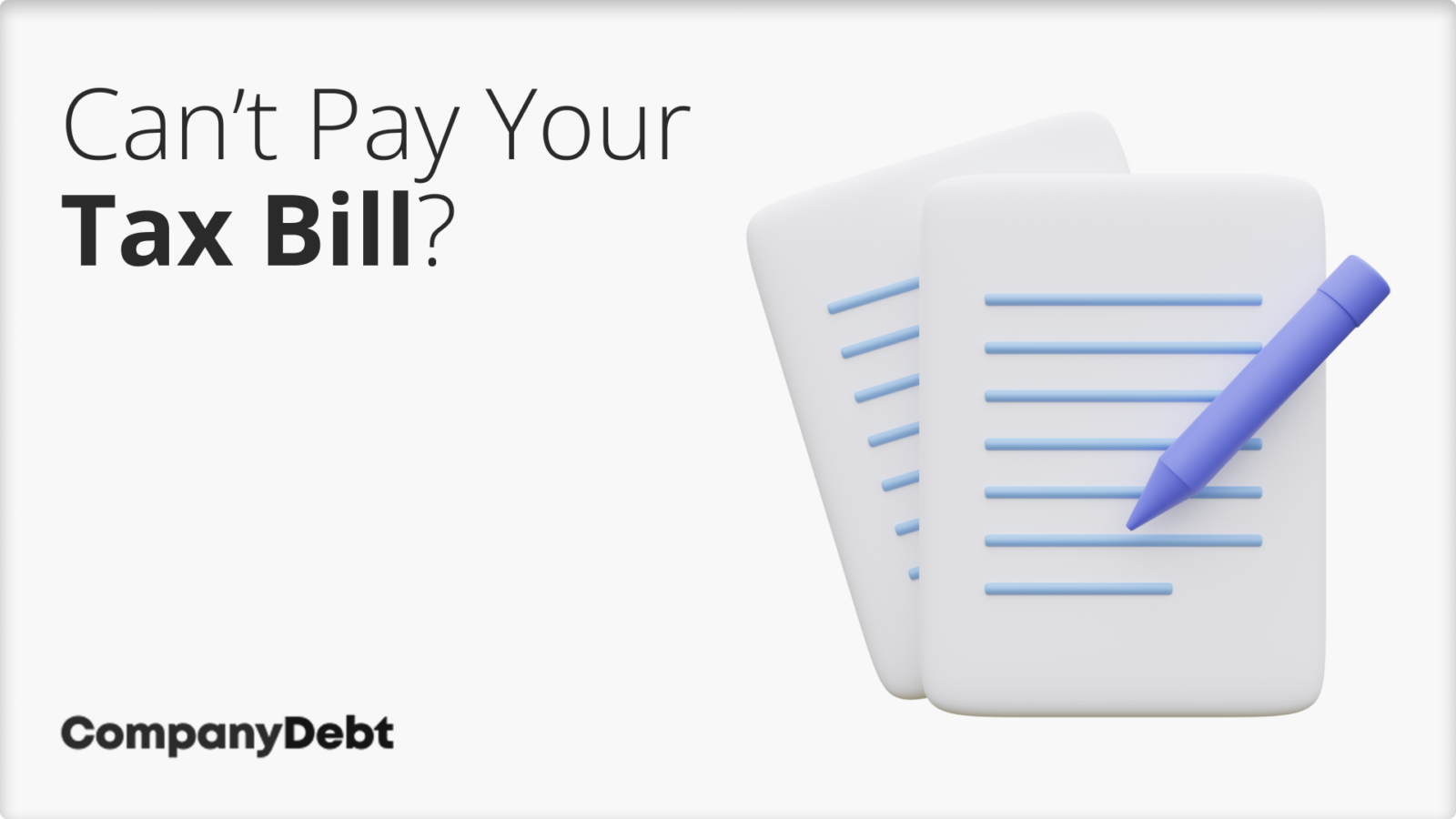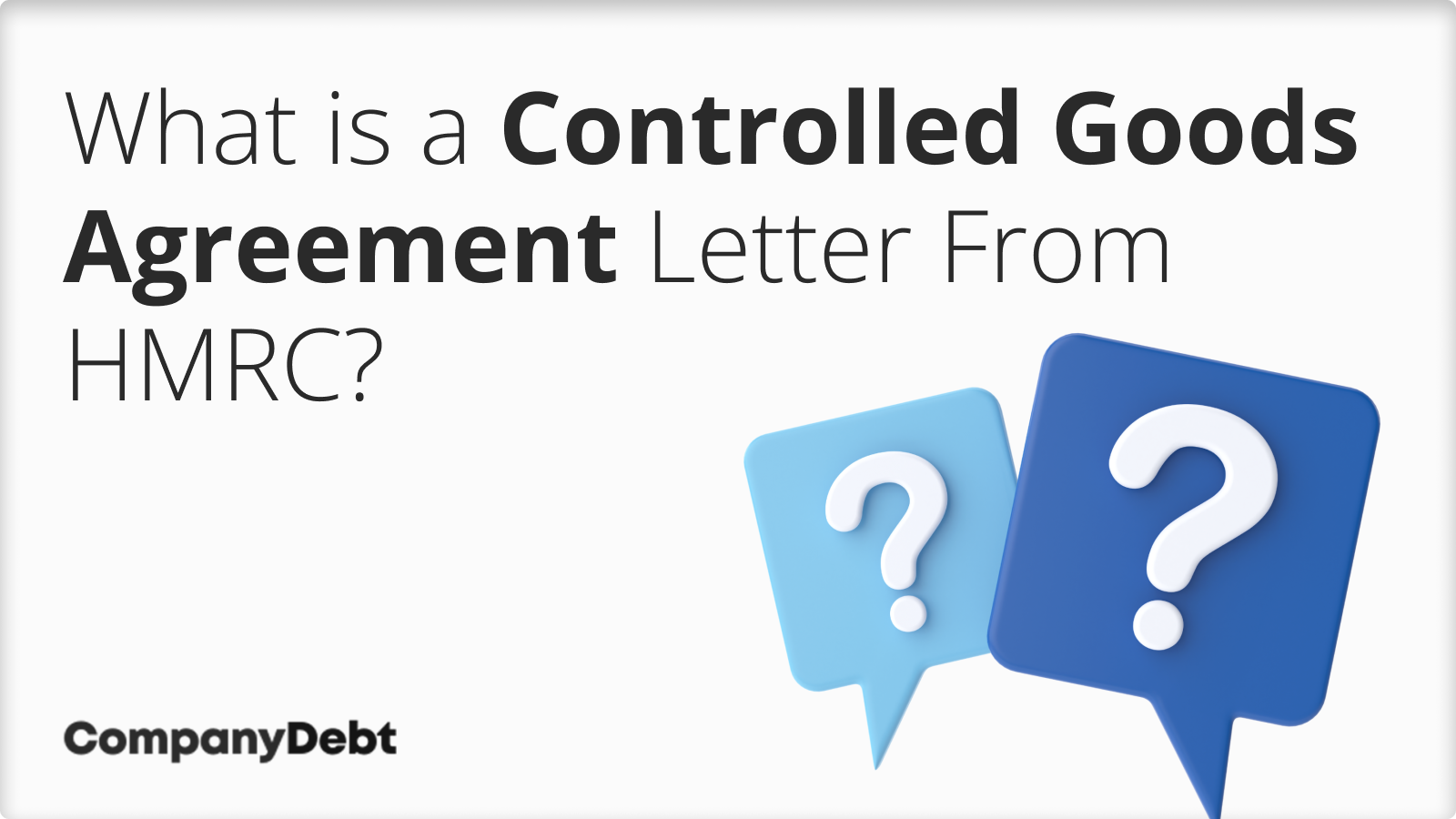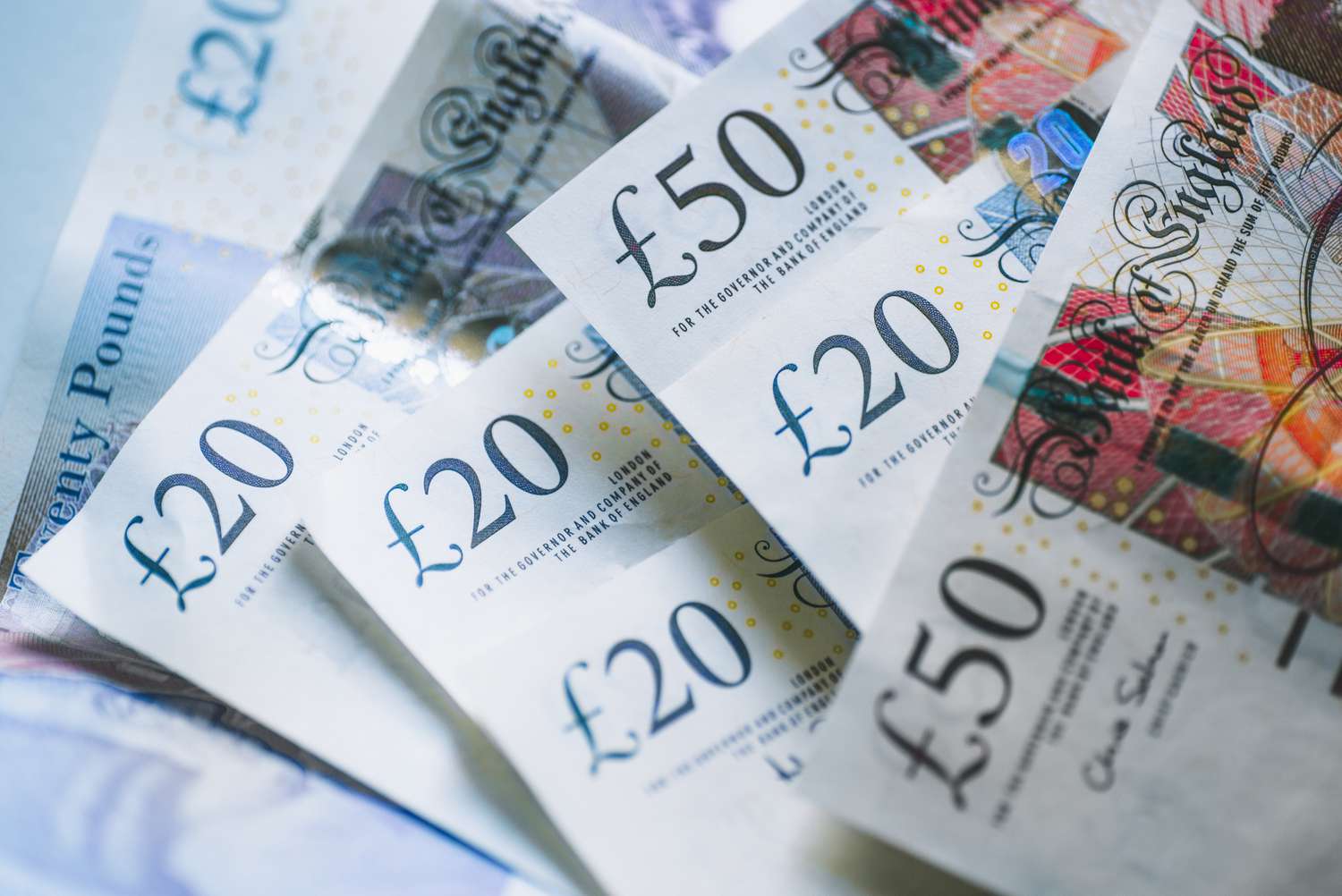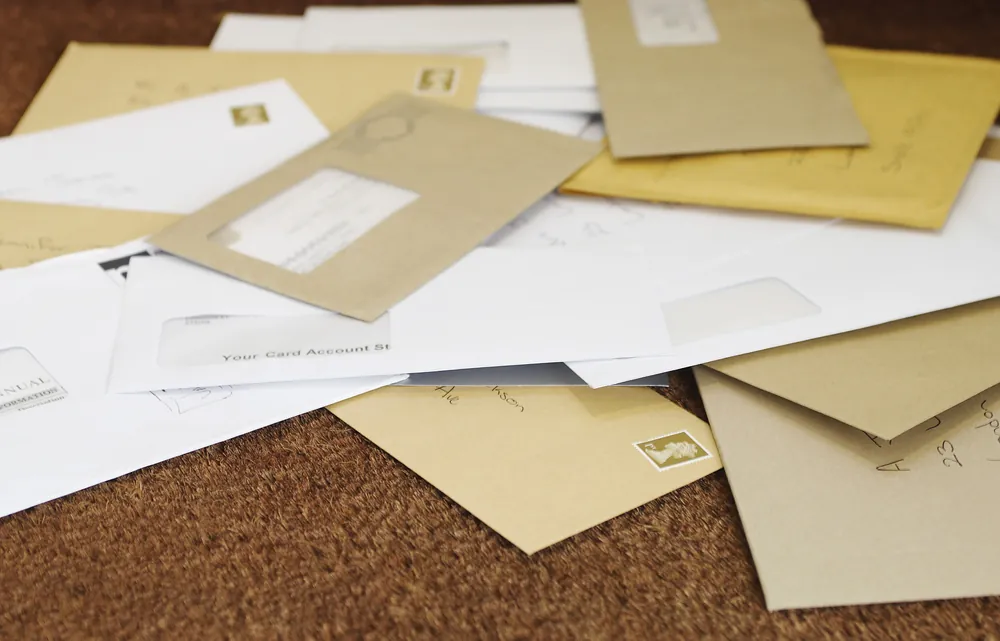
What is a Controlled Goods Agreement Letter From HMRC?
Detailed guide on control good agreement letters from HMRC: what they are, when they’re used, and what can be seized.

- What is a Controlled Goods Agreement?
- When is a Controlled Goods Agreement Used?
- What Can’t be Seized with a Controlled Goods Agreement?
- Do I Have to Sign the Controlled Goods Agreement?
- What if the Controlled Goods Agreement is Disputed or Under Appeal?
- Will I Receive a Warning from HMRC about Enforcement Action – Taking Control of Goods?
What is a Controlled Goods Agreement?
A Controlled Goods Agreement (previously referred to as a Walking Possession Agreement) is issued by HMRC as part of the distressing process[1]Trusted Source – GOV.UK – Control Goods Agreement. Distress is where a creditor takes possession of a debtor’s goods to sell them if the debt remains unpaid.
It is covered by the Taking Control of Goods Regulations 2013 and Part 3 of the Tribunals, Courts and Enforcement Act 2007.
In this case, distress is where a debt is owed to HMRC, and they seek to recover the debt through the possession and sale of the debtor company’s goods. Company debt to HMRC can arise in several ways: falling behind on PAYE, or when the company can’t pay its corporation tax being two examples.
When is a Controlled Goods Agreement Used?
HMRC issues Controlled Goods Agreements (either directly via an Enforcement Officer or through a third-party agent such as a bailiff) in situations where an Enforcement Notice has previously been issued for seven days and has not been paid.
The agreement identifies the property that can be taken and sold to settle the debt, alongside an estimate of each item’s sale value.
The purpose of the Controlled Goods Agreement is for you to agree that the property specified is under distraint and that it will remain on your premises until HMRC consents to its removal or removes the property itself. It also gives you a further seven days to pay your debts in full.
In the agreement, you acknowledge that although you may temporarily retain possession of the goods, you cannot sell, dispose of or transfer the property subject to the agreement without HMRC’s consent. It’s very important to understand that if you break the terms of the agreement and dispose of the property without HMRC’s consent, it is a criminal offence.
What is Listed on a Controlled Goods Agreement?
The agreement must contain:
- A date and reference number
- Registered name and address of the debtor
- detailed inventory of goods being taken
- details of the payment arrangement
- Contact details for the enforcement agent (EA) and their contact hours
The agreement must be signed by the EA and the debtor.
What Can’t be Seized with a Controlled Goods Agreement?
The following cannot be subject to a Controlled Goods Agreement:
- Rented items that don’t wholly belong to the company
- Items that would not be able to be removed without causing damage
- Cash
- Consumables, livestock or crops
- Safety equipment
- Tools and equipment used for the business’s trade (although these can be seized if there aren’t any alternative assets to seize).
Do I Have to Sign the Controlled Goods Agreement?
You do not need to sign the Controlled Goods Agreement, but as the agreement is issued after HMRC have levied distraint, they are within their rights to remove the property immediately. The walking possession agreement means that you can use the property for business purposes until HMRC decides to enforce the agreement.
What if the Controlled Goods Agreement is Disputed or Under Appeal?
If the amount that is owed to HMRC is under dispute and you are approached by an HMRC enforcement agent with a Controlled Goods Agreement, ensure that you contact the HMRC office to whom the payment is owed immediately to discuss. If the outstanding amount is under appeal, it cannot be seized, and you should ask the enforcement agent to leave.
Will I Receive a Warning from HMRC about Enforcement Action – Taking Control of Goods?
HMRC have the right to remove and sell the property at any time after the date specified in the Controlled Goods Agreement if you haven’t paid the amount outstanding plus any relevant costs, charges and fees by that date. The date specified is normally seven days after the date of the agreement.
The primary sources for this article are listed below, including the relevant laws and Acts which provide their legal basis.
You can learn more about our standards for producing accurate, unbiased content in our editorial policy here.
- Trusted Source – GOV.UK – Control Goods Agreement








